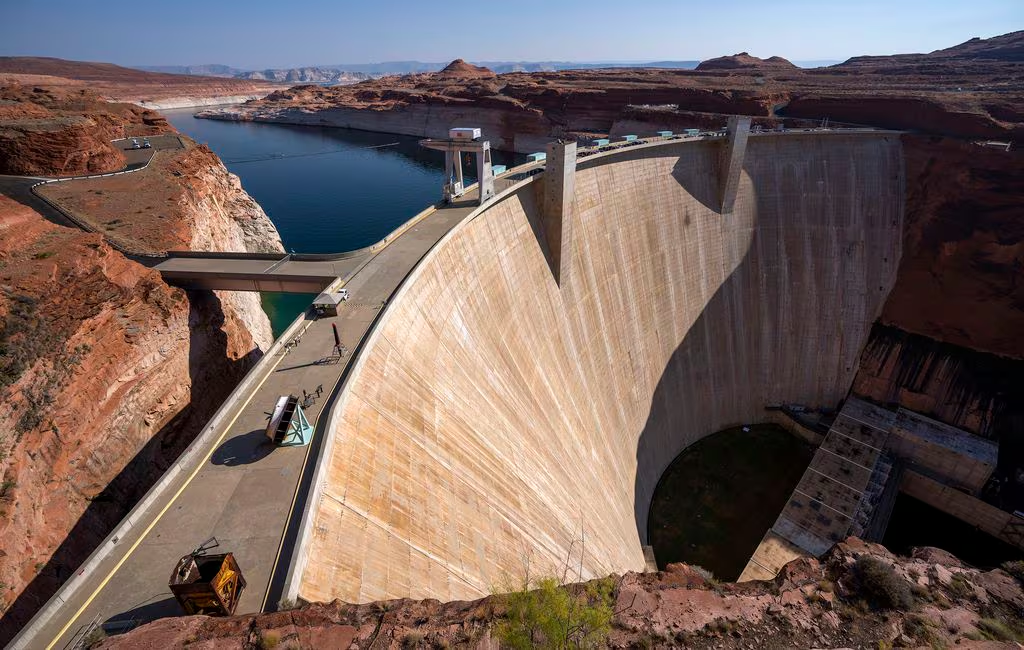In Salt Lake City, April started off unusually dry, with only a fraction of the typical rainfall recorded at the airport. Normally, Salt Lake City receives about 2.16 inches of rain in April, but this year, it’s been only 0.34 inches so far – just 15% of what’s expected.
While this lack of rain can cause concerns about soil drying out, leading to less water flowing from the mountains to lakes and reservoirs, it’s not a cause for panic, according to KSL Meteorologist Matt Johnson.
The worry is that when the soil is too dry, it absorbs more water, leaving less for our water sources. But Johnson emphasizes that it’s not a major worry yet. If May also stays dry, then there might be cause for concern about losing more water to the soil. However, it’s still too early to predict.
As for the overall water situation in Utah, it’s looking good. Statewide, reservoirs are nearly 85% full on average, and there’s still plenty of water in the snowpack.
The current snowpack holds nearly 15 inches of water, just 7% below the yearly average. Plus, four inches of water have already melted off this year’s snowpack.

March brought plenty of rain, which helped saturate the soil, reducing concerns about a dry April. Looking ahead, long-term forecasts suggest that the weather could go in any direction – below-average, average, or above-average rainfall.
Related Articles:
- Understanding the Timeline for Social Security Retirement Benefits
- Tragic Fire Claims Life and Damages Atlantic City Boardwalk
- Florida Bans Local Heat Protections for Outdoor Workers, Following Texas
Despite the dry start to April, Utah’s reservoirs, except for Lake Powell and Flaming Gorge, are expected to fill completely within the next couple of months. Even the Great Salt Lake, while not expected to fill entirely, is forecasted to reach its healthy range for the first time in over a decade.







+ There are no comments
Add yours